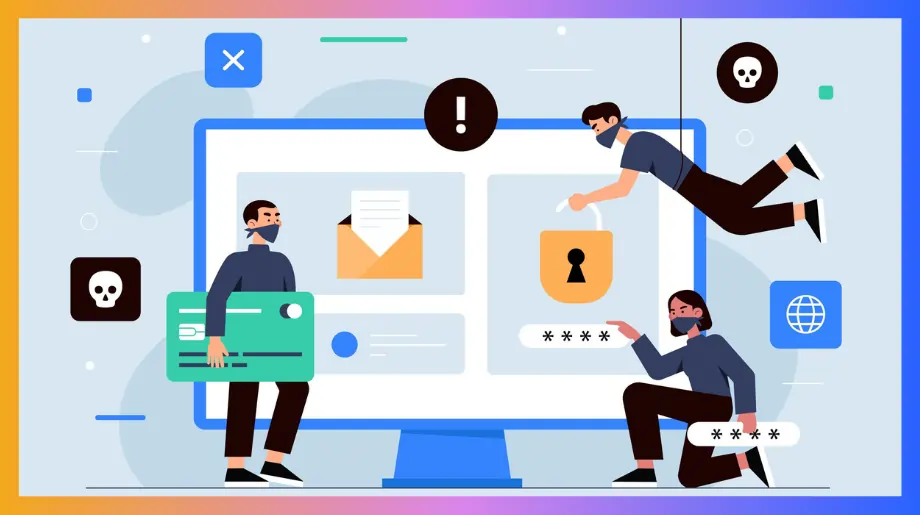Role-Based Access Control (RBAC) is a fundamental security model that has become an indispensable component of modern organizations. By assigning permissions based on a user's role within an organization, RBAC ensures that only authorized individuals can access sensitive systems and data. This approach not only enhances security but also simplifies access management and promotes compliance with industry regulations.
Benefits of Implementing RBAC
1. Enhanced Security:
- Granular Access Control: RBAC allows for fine-grained control over access, ensuring that users only have the permissions necessary to perform their job functions.
- Reduced Risk of Data Breaches: By limiting access to sensitive information, RBAC minimizes the risk of unauthorized data disclosure or misuse.
- Separation of Duties: Implementing RBAC can help prevent fraud and collusion by separating critical tasks across different roles.
2. Simplified Access Management:
- Centralized Administration: RBAC provides a centralized mechanism for managing user permissions, reducing administrative overhead.
- Efficient Onboarding and Offboarding: New employees can be quickly provisioned with appropriate access, while departing employees can have their privileges revoked seamlessly.
- Scalability: RBAC can easily accommodate organizational growth and changes in roles and responsibilities.
3. Enforcing Least Privilege Principles:
- Minimizing Risk: By granting users only the permissions they need to perform their jobs, RBAC helps reduce the attack surface and minimize the potential for unauthorized access.
- Improved Compliance: RBAC aligns with industry best practices and regulatory requirements, such as GDPR and HIPAA.
- Enhanced Accountability: By tracking user access, RBAC facilitates accountability and incident investigation.
Implementing RBAC
Implementing RBAC requires a careful assessment of organizational roles, responsibilities, and access requirements. Key steps in the implementation process include:
- Role Definition: Clearly define the roles within your organization and the corresponding permissions.
- Permission Assignment: Assign appropriate permissions to each role based on job requirements.
- User Provisioning: Ensure that users are assigned to the correct roles upon onboarding and offboarding.
- Access Reviews: Regularly review and update user permissions to maintain accuracy and security.
Best Practices for Implementing RBAC
1. Role Definition and Analysis:
- Conduct a thorough analysis of organizational roles and responsibilities.
- Clearly define the tasks and permissions associated with each role.
- Use job descriptions and organizational charts as references.
2. Permission Assignment:
- Grant only the minimum necessary permissions to each role.
- Follow the principle of least privilege to reduce the risk of unauthorized access.
- Regularly review and update permissions as roles and responsibilities change.
3. Access Certification:
- Periodically review and certify user access to ensure it remains aligned with their roles and responsibilities.
- Use automated tools to streamline the certification process.
- Document the results of access reviews for auditing purposes.
4. Segregation of Duties:
- Distribute critical tasks across different roles to prevent collusion and fraud.
- Ensure that no single individual has excessive privileges.
5. Password Management:
- Enforce strong password policies and implement password management tools.
- Encourage users to adopt multi-factor authentication (MFA) for added security.
6. Monitoring and Auditing:
- Continuously monitor user activity and access patterns.
- Implement audit trails to track changes to user permissions and system configurations.
- Conduct regular security audits to identify vulnerabilities and address them promptly.
7. Education and Training:
- Provide training to users on the importance of RBAC and how to follow security best practices.
- Educate employees about the consequences of unauthorized access and the importance of reporting suspicious activity.
8. Automation:
- Leverage automation tools to streamline RBAC processes, such as provisioning and de-provisioning.
- Automate access reviews and reporting to reduce administrative burden.
9. Integration with Other Security Controls:
- Integrate RBAC with other security controls, such as firewalls, intrusion detection systems, and encryption.
10. Continuous Improvement:
- Regularly review and refine your RBAC implementation to adapt to changing business needs and security threats.
- Stay updated on industry best practices and emerging technologies.
Organizations can effectively implement RBAC with Infisign and strengthen their security posture. Check out a demo here.





















